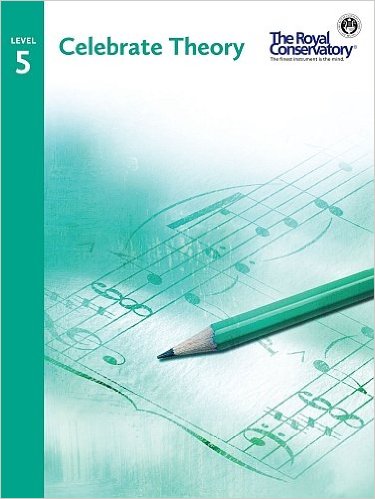 I’m so excited to tell you today about a fantastic series of theory workbooks called Celebrate Theory (Canada | U.S.), just released from Frederick Harris Music publishers. If you happen to already enjoy – as I do – using the wonderful Celebration Series (Canada | U.S. | Amazon.com) with your piano students, you will be especially interested in learning about Celebrate Theory.
I’m so excited to tell you today about a fantastic series of theory workbooks called Celebrate Theory (Canada | U.S.), just released from Frederick Harris Music publishers. If you happen to already enjoy – as I do – using the wonderful Celebration Series (Canada | U.S. | Amazon.com) with your piano students, you will be especially interested in learning about Celebrate Theory.
Before talking about the specifics of the Celebrate Theory books, allow me to first briefly cover some background information about The Royal Conservatory and the revisions to the RCM Theory Syllabus, 2016 Edition.
The Royal Conservatory (RCM) is a music education institution in Toronto that has been in existence since 1886 and is responsible for a curriculum for music study that is considered by many to be the foremost music education system in Canada, the United States, and many other countries around the world. Exam centers for RCM (also known as the Music Development Program [MDP] in the U.S.) are available in many major cities a few times each year. RCM offers quality publications for music study through their non-profit publisher, Frederick Harris Music.
I have entered a few students in the RCM/MDP practical exams over the past few years and I consider the program to be absolutely top notch. (Check out my printable charts for helping students prepare for the technical requirements portion of the assessment.)
Whether or not your students participate in RCM/MDP exams, you will find the Celebrate Theory books worth your attention. Continue reading “Review: Celebrate Theory Series from The Royal Conservatory”


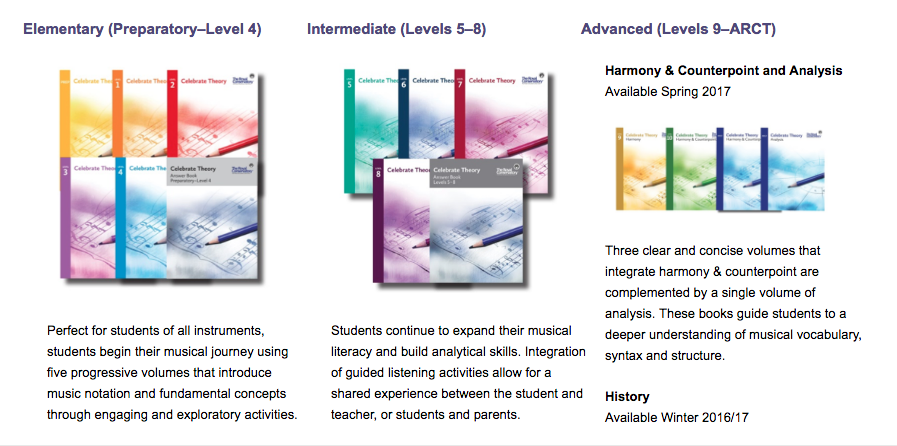


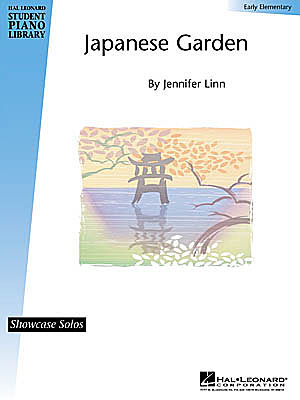
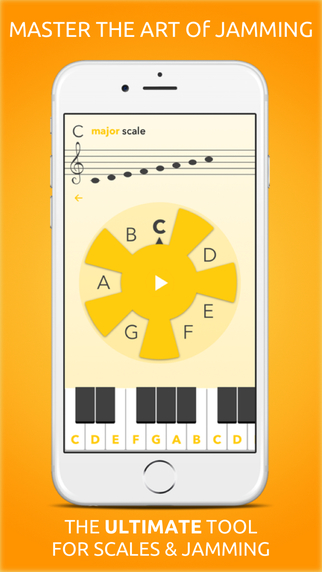
 I’m excited to write this app review, because it is one of the most well-designed and useful apps I’ve come across lately!
I’m excited to write this app review, because it is one of the most well-designed and useful apps I’ve come across lately!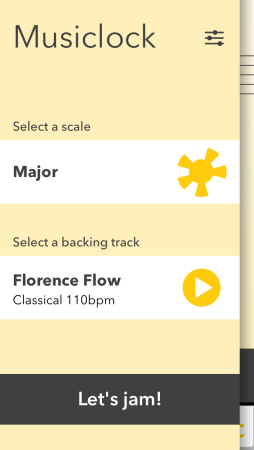
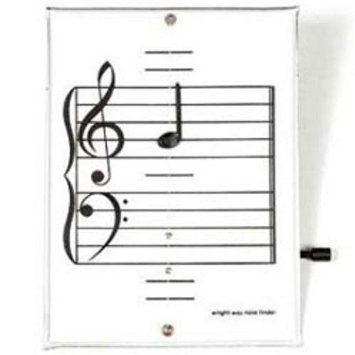
 When I am teaching piano, one of the teaching tools I use frequently is the Wright Way Note Finder (find it on
When I am teaching piano, one of the teaching tools I use frequently is the Wright Way Note Finder (find it on 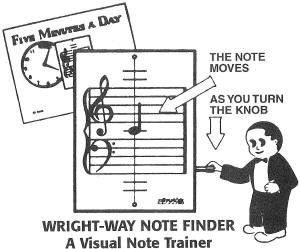

 Luke Bartolomeo has done it again! The developer of
Luke Bartolomeo has done it again! The developer of 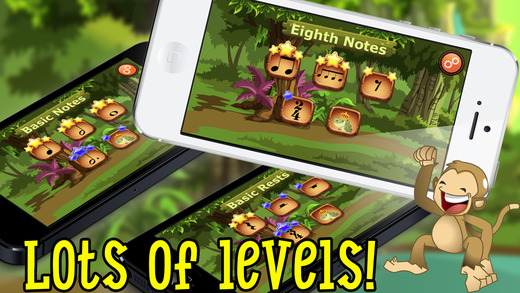
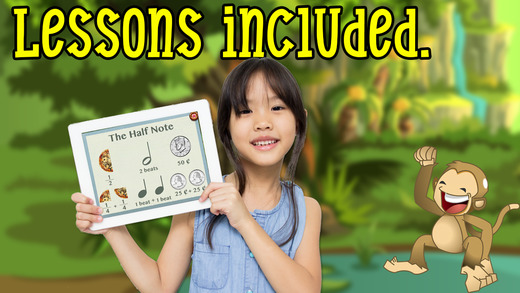
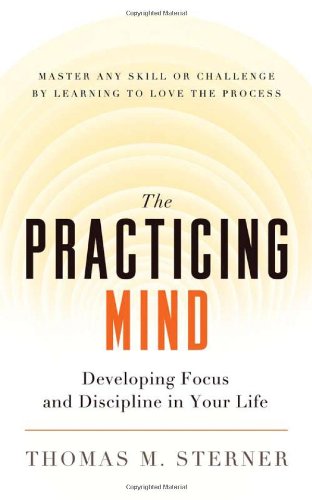
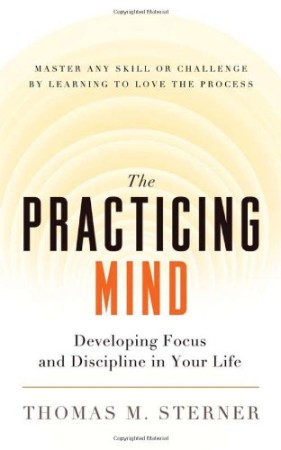 “
“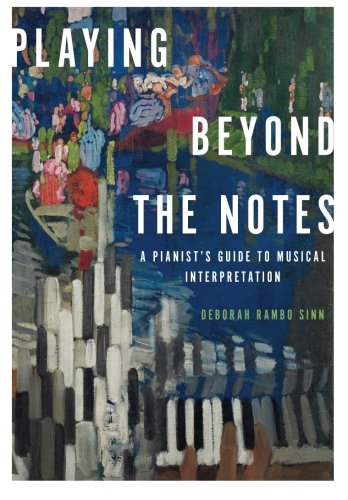
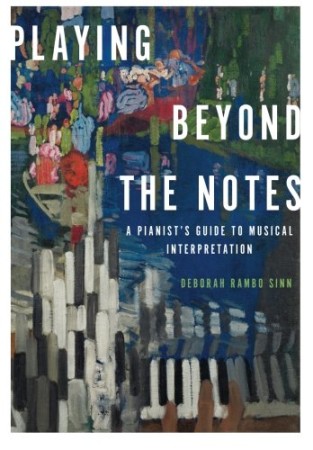 Deborah Rambo Sinn’s
Deborah Rambo Sinn’s 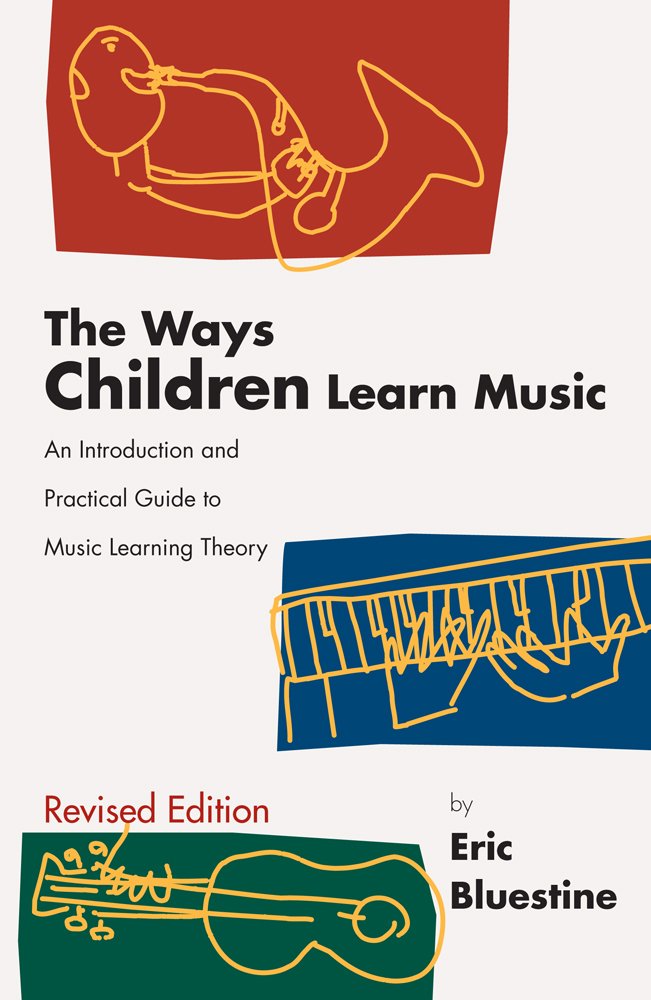
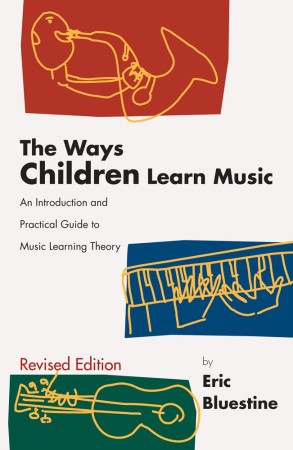

 I have another review for you today! Over the last six months or so, I’ve made an conscious effort to try to read more books. I regularly read a lot of blogs and online forums, but had somehow gotten away from books. In upcoming weeks, I hope to share reviews about all of the books I’ve read recently.
I have another review for you today! Over the last six months or so, I’ve made an conscious effort to try to read more books. I regularly read a lot of blogs and online forums, but had somehow gotten away from books. In upcoming weeks, I hope to share reviews about all of the books I’ve read recently.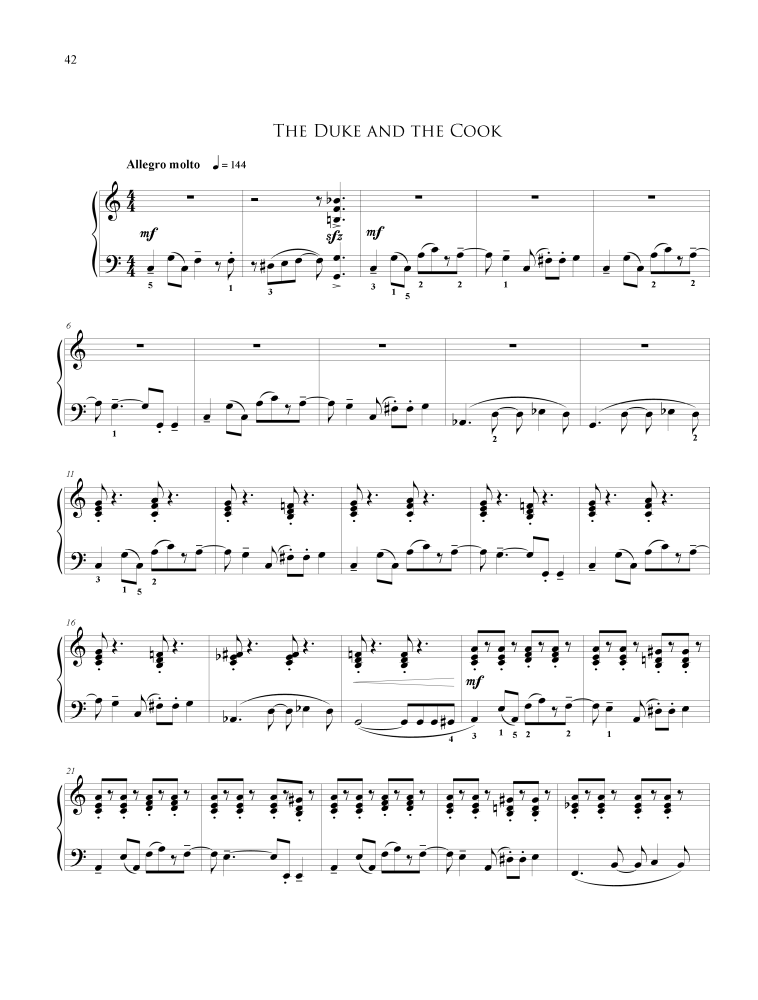
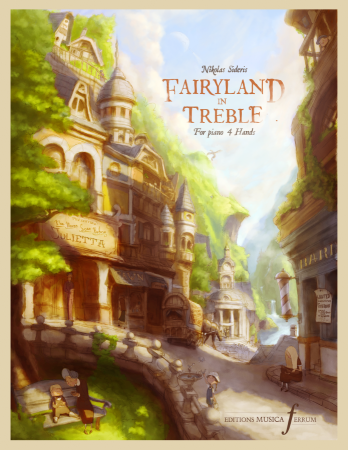 I’m pleased to review a collection of teacher-student piano duets today called
I’m pleased to review a collection of teacher-student piano duets today called 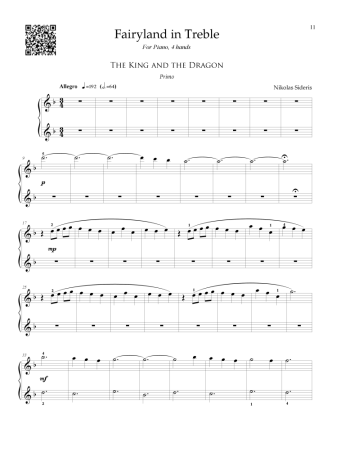
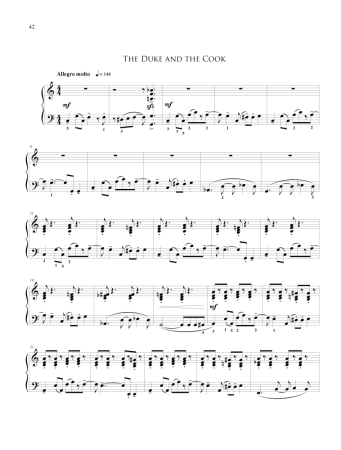
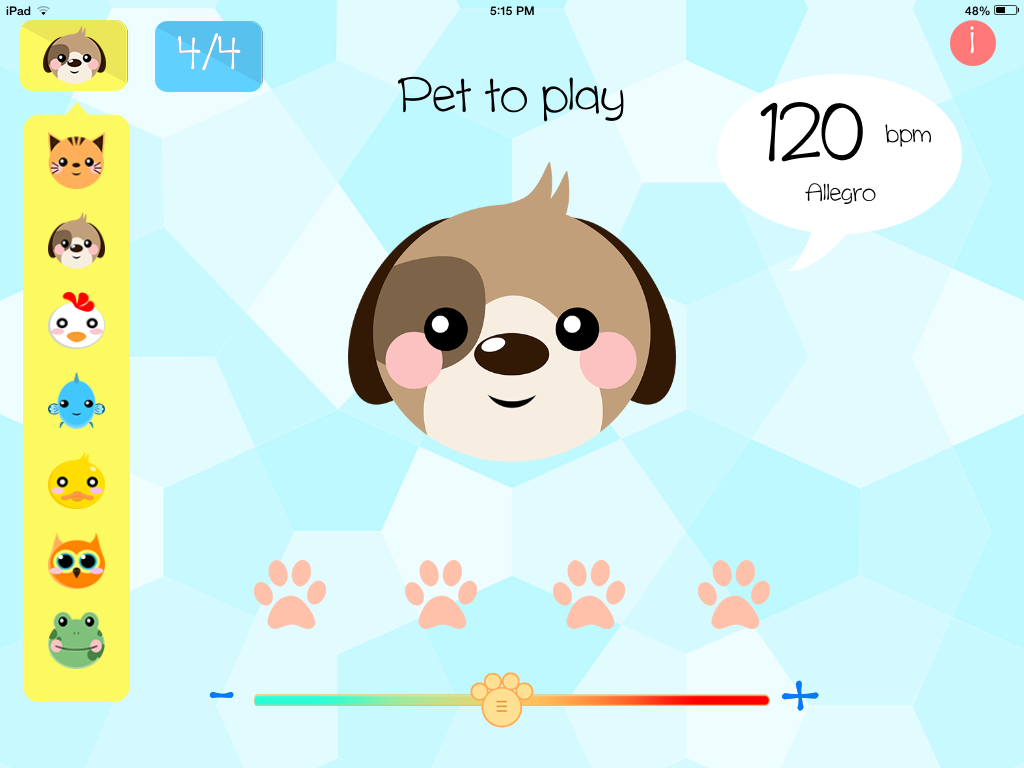
 App Review:
App Review: